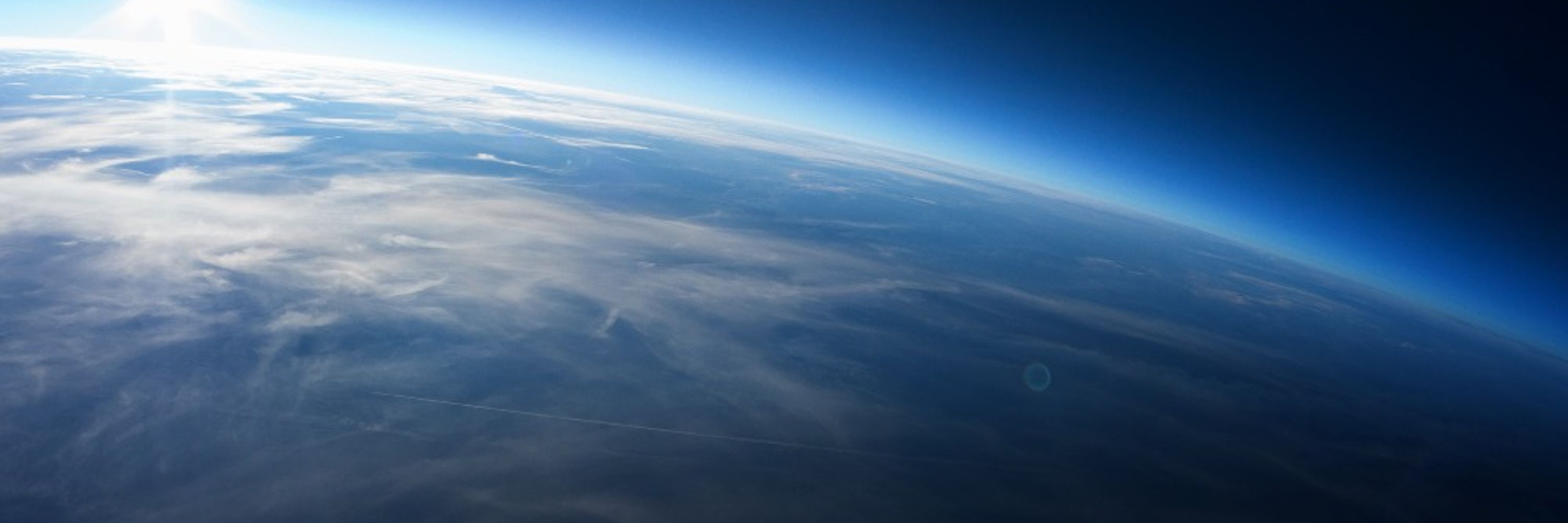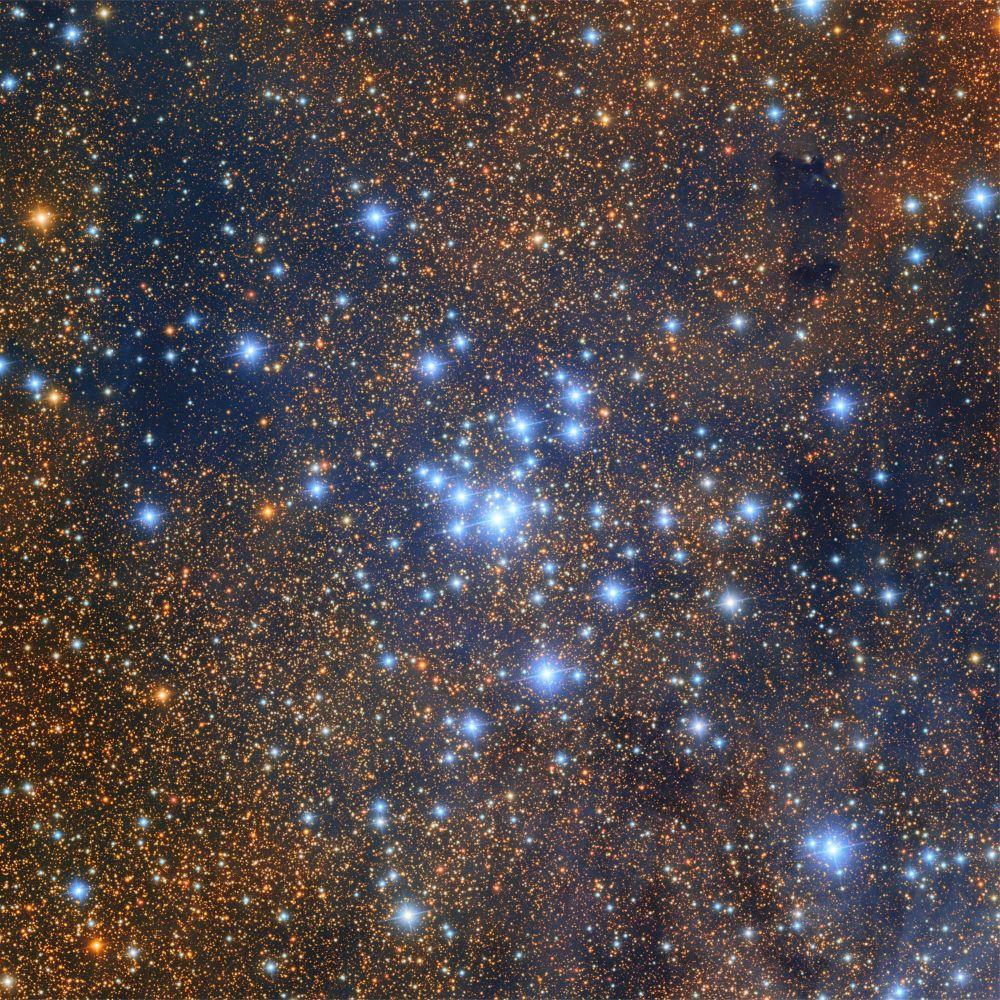Universal-Sci
@universal-sci.bsky.social
8.9K followers
5 following
880 posts
The official Universal-Sci Bluesky account - Providing you with a selection of the most interesting science-related news and background stories - https://www.universal-sci.com/
Posts
Media
Videos
Starter Packs
Pinned
























